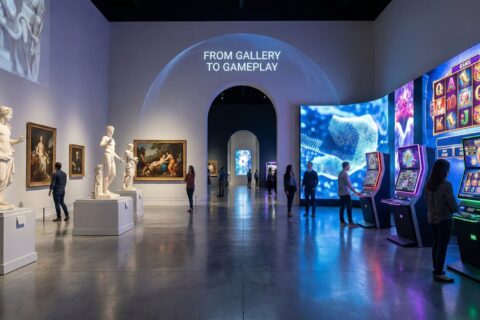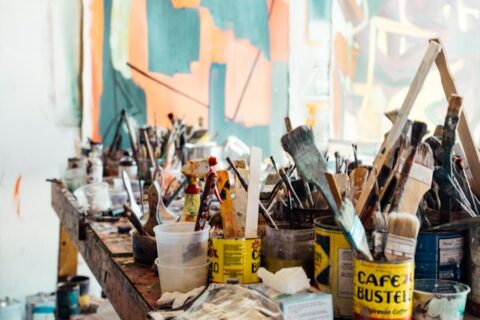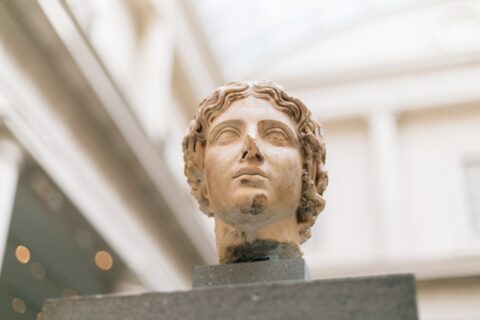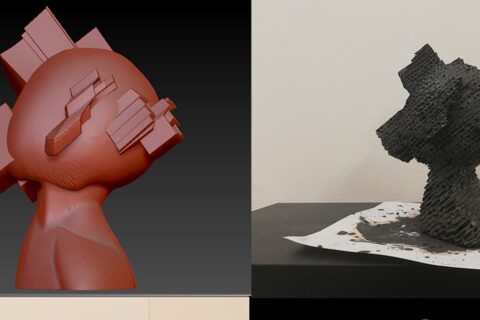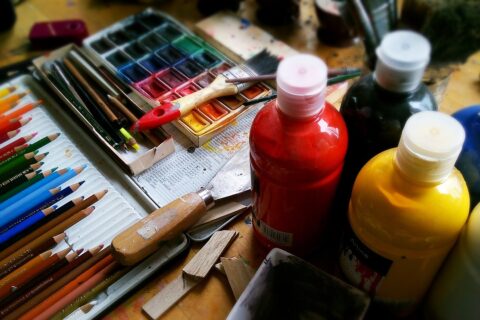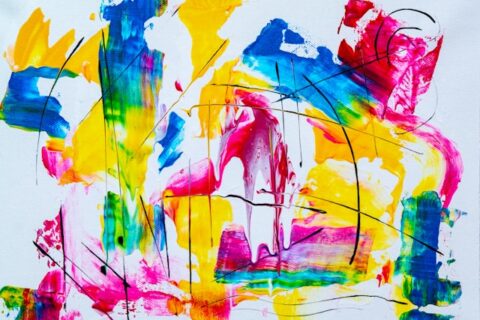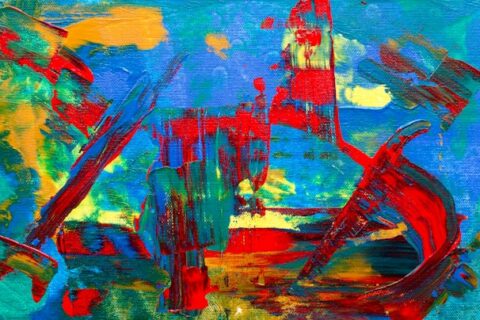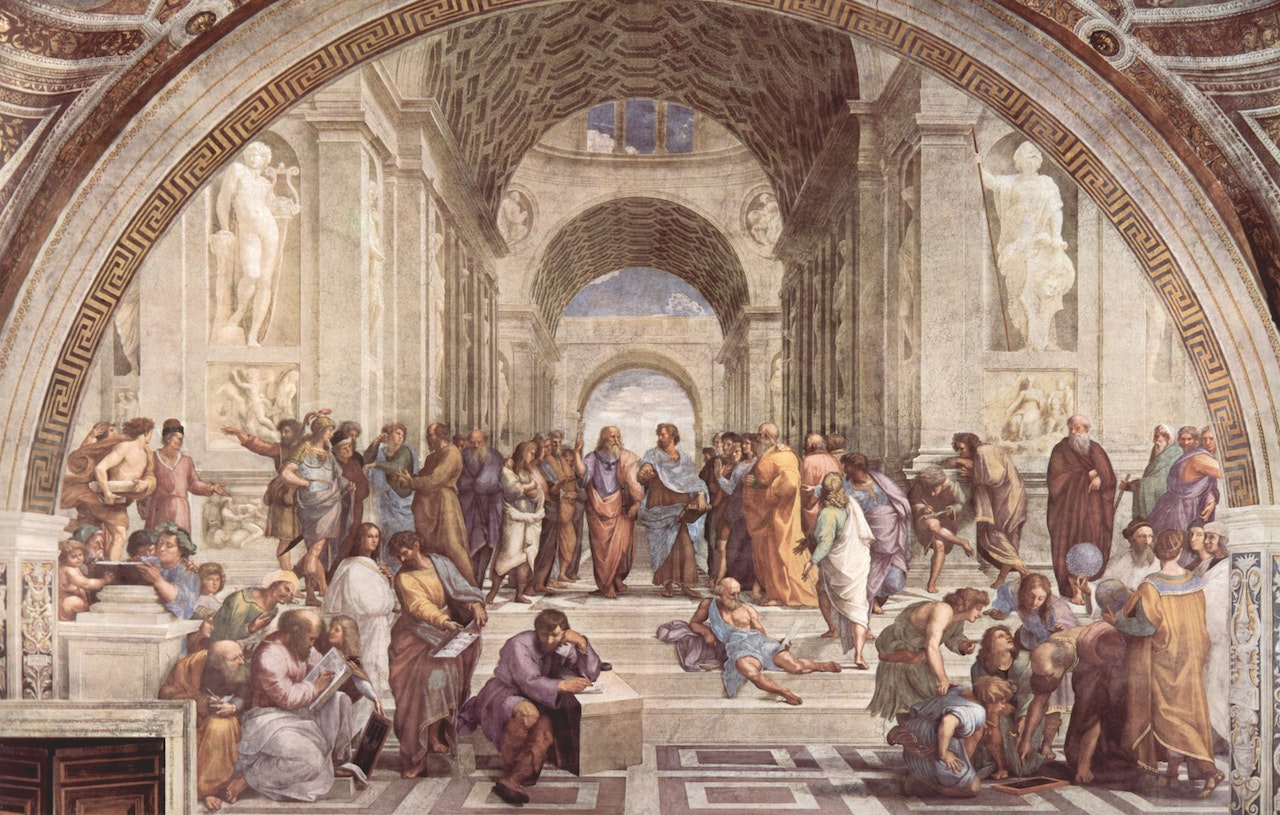
Sculpture and painting are forms of art that convey reality in different ways
Artists keep on arguing which is nobler − sculpture or painting. Each of them has keen supporters, proving that one kind of fine art is perfect and superior to another. Both sculpture and painting are admired, despite the change of ages and the emergence of new artistic practices.
Sculpture and painting: what is the same and what is the difference
The history of sculpture, as well as painting, dates back to the time before our era. Sculptors create three-dimensional figures from solid materials, cutting off all unnecessary. They work in two directions, making relief or round shapes. In the first case, convex images are made on a flat surface, and in the second case, works are made for a comprehensive inspection.
The relief, as a kind of sculpture, is closer to painting. It is divided into:
- bas-relief
- high relief;
- counter-relief;
- coelanaglyph
The technique of work is based on the division of the sculptural relief. Except for the coelanaglyph, all subspecies differ in the size of the convex part, which protrudes above the general background or deepens into it. The coelanaglyph technique consists of contour cutting of animalistic and portrait images. They became part of history, unlike the more famous bas-relief and high relief, which still decorate interiors around the world. If you need more information on the topic of relief creation, then the translation agency https://translation.center/de will make a high-quality translation of foreign terminology into any language. Regardless of which technique is chosen, the image in the relief is clamped in 2 planes. The wall, ceiling, and other flat surface are means of conveying the image. Volumetric sculpture, on the other hand, reproduces reality − all bodily things, in the performance of which they try to get as close to nature as possible. Sculptures are sculpted in the form of standing, seated, reclining figures, or a bust, depending on the compositional motifs.
Sculptural art is inaccessible to natural phenomena, like painting. For example, there is no well-known sculptor who could reproduce fog or rain, but he can make a statue in the form of a person getting wet in a downpour. There is no division into corporeal and incorporeal objects in the painting.
In the history of art, monumental, monumental-decorative, and indoor sculptures are found. The first includes large monuments, the second includes fountains and building decorations, and the third includes sculptures of humans, animals, and other things, the dimensions of which are realistic. The history includes several genres in which sculptors worked.
The most famous of them:
- allegorical;
- animalistic;
- household;
- historical;
- mythological;
- portrait.
Painting does without a clear choice of genres. For example, the allegorical genre contains both portrait and animalistic features.
Any sculptural genre is poor in the execution of plots and colors, but rich in plastic movements, frozen in space and time. If the artist can convey the very movement of a rolling wheel or a flying bird, then the sculptor shows the previous and subsequent phase of movement through a certain position of the body. The lack of division into movement and image makes painting a more universal type of fine art.
The sculpture has no fewer means to create an image than painting. Sculptors make sketches of their works from soft materials used in modeling. Plasticine, wax and clay are easy-to-handle products. They are given various forms, which are then reproduced from a solid material. With the advent of polymers, another tool for sketching appeared.
Painting is an art in which color is everything
The main expressive means in painting is color, and not plastic, as in sculpture. It affects the perception of the image and emphasizes the details. With different shades, the artist conveys contours, volume, and space. Depending on the technique, working with oil, tempera, watercolors, gouache, or pencils. The canvas depicts fictional and real scenes from life and history. The division of painting into an indoor and monumental is connected with the technique of work. The first one is more common because in it the artists use easels and can paint everywhere. And the second is impossible without architecture, on which monumental paintings are created − murals. Monumental fine art combines painting and fresco technique – creating images on raw plaster.
Both types of fine art imitate nature to varying degrees. Compared to painting, sculpture touches more of the senses, connecting with viewers at the level of touch and sight. But painting has more genres and means of work. In addition to those in which sculptors work, artists can also paint landscapes or still-life paintings, and be inspired by architecture, nude, and battle paintings. You can have a look at foreign sources of information about painting after translating the necessary terminology at a translation agency https://translation.center/de-uebersetzungsbuero-hamburg into any language of your choice.

